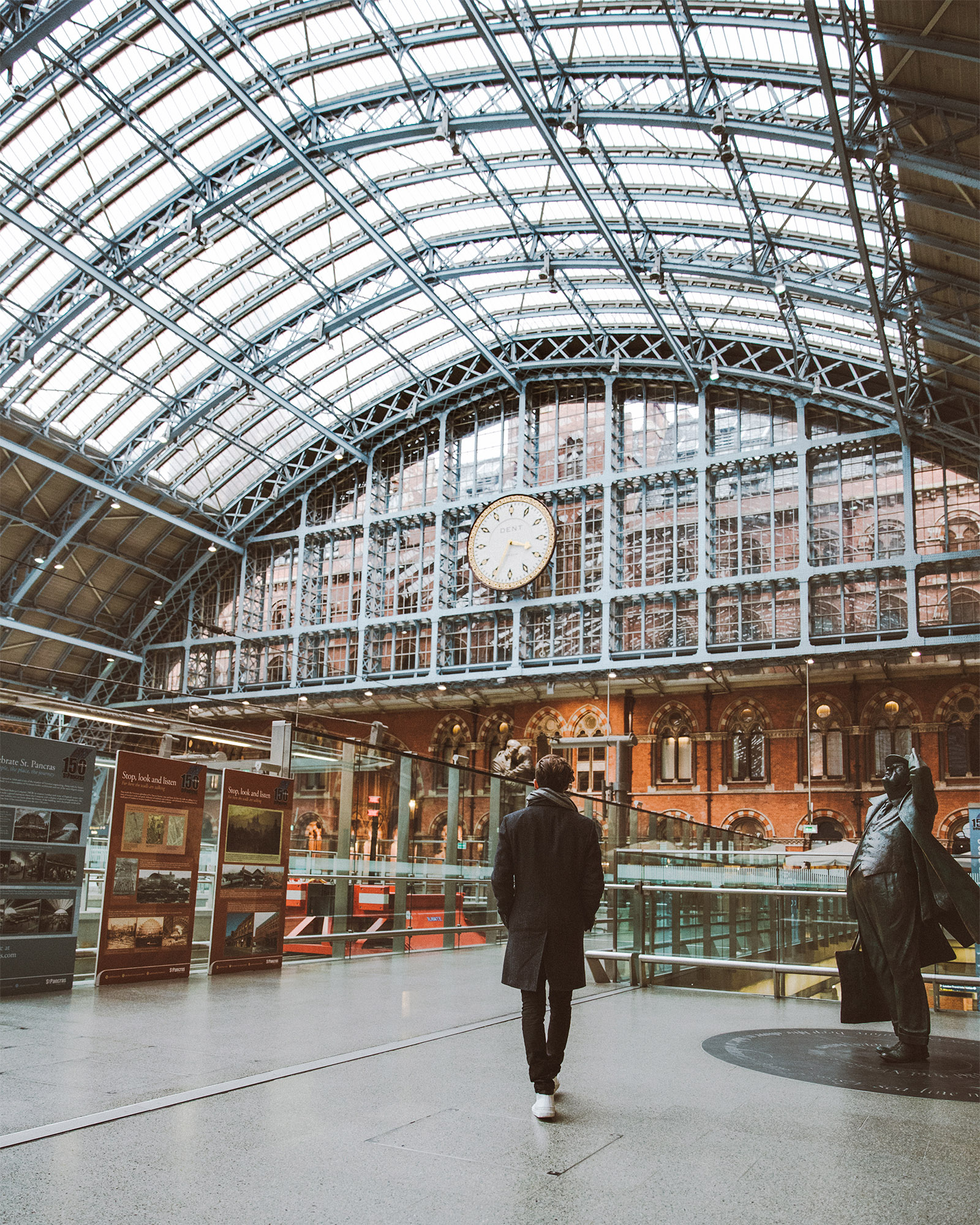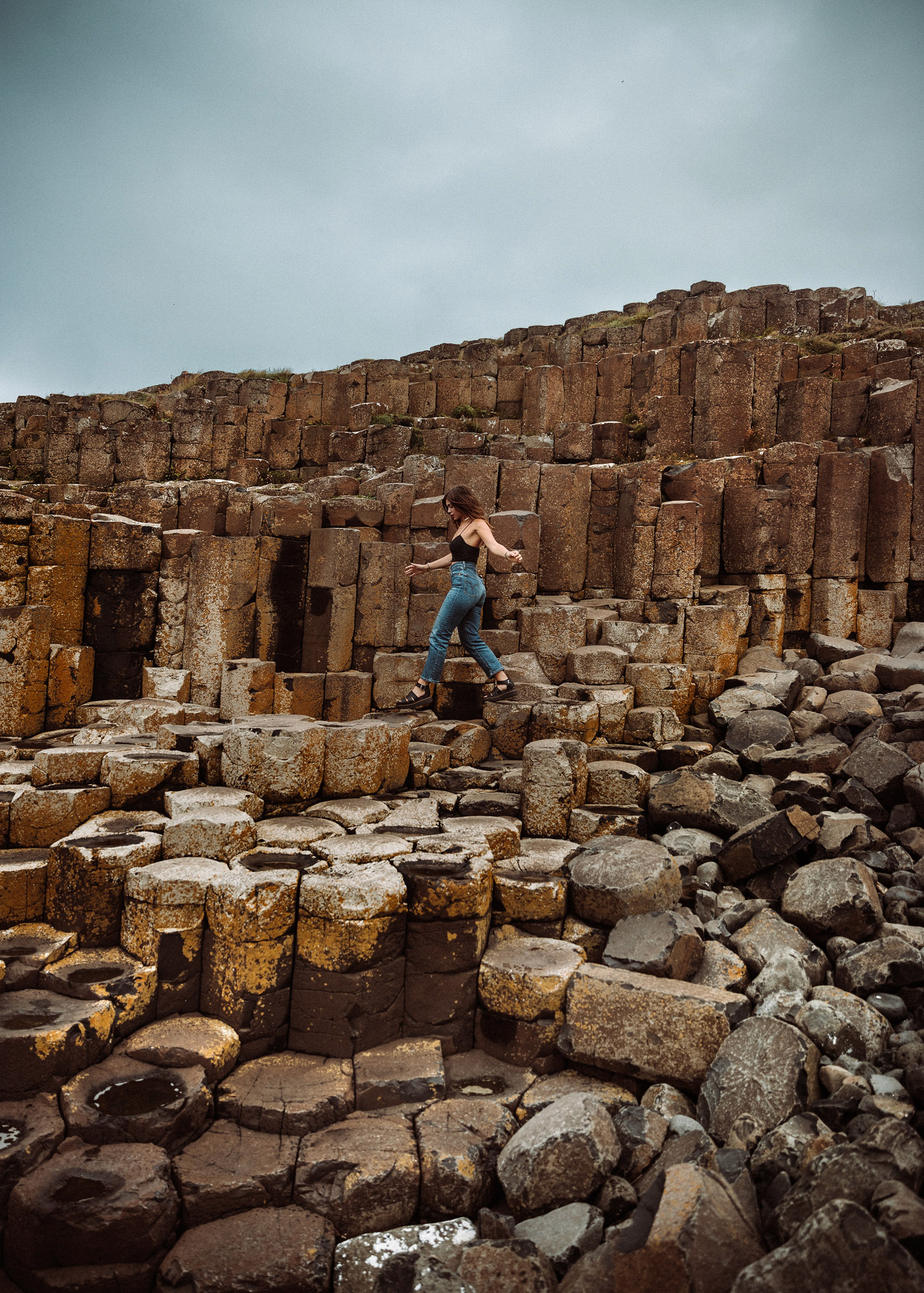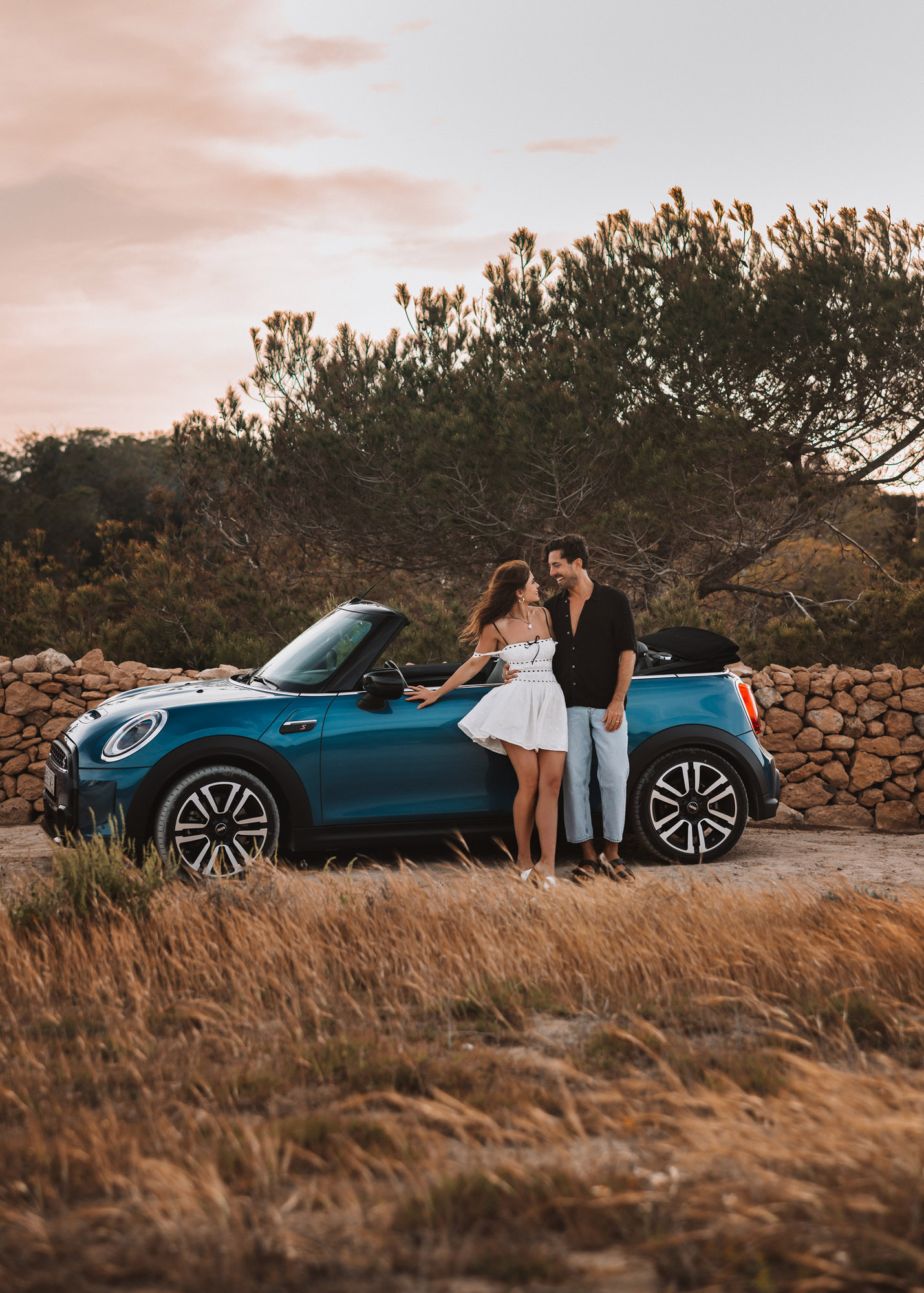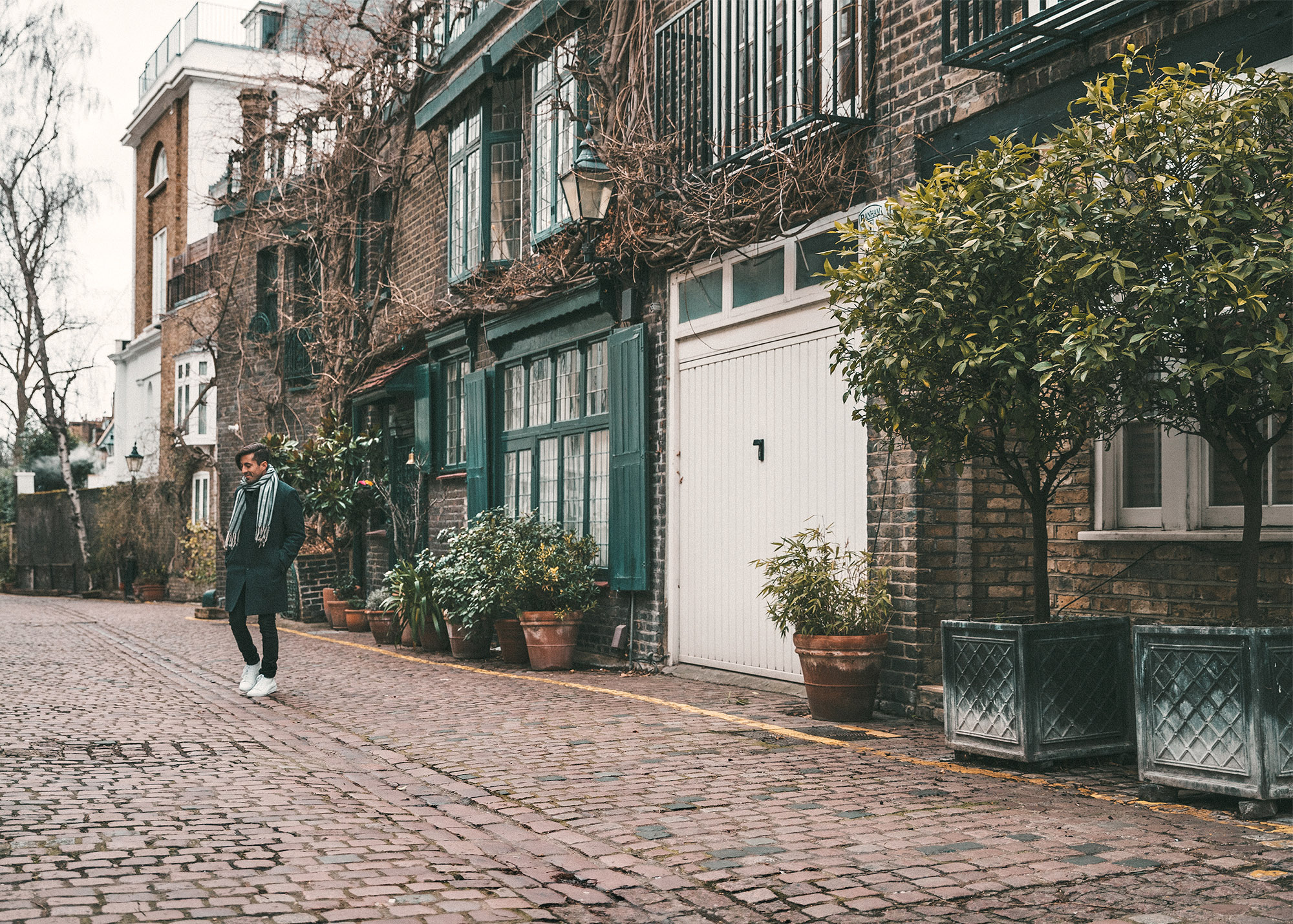UK Road Trip Tips for First-Time Visitors: Everything You Need to Know Before You Drive
Taking a road trip through the UK can be one of the most beautiful and memorable ways to explore the countryside - from winding coastal drives to misty highland views and ancient stone villages tucked into rolling hills. But if you're not used to the rules of the road here, especially as a visitor from North America or Europe, the shift can be disorienting.

From driving on the left to navigating single-track roads with livestock crossings, here’s everything you need to know to set yourself up for a smooth, scenic drive across the UK - with all the practical tips that most guides forget.
Driving on the Left
The UK drives on the left side of the road, and for many international visitors, this is the single biggest mental adjustment. The driver’s seat is on the right side of the vehicle, and roundabouts - which are extremely common - move clockwise.
If this is your first time driving on the left, it’s worth renting an automatic transmission vehicle so you’re not also trying to shift gears with your left hand. When pulling out onto a road, entering a roundabout, or turning, consciously remind yourself to stay on the left side, especially in the first 48 hours.
Keys to switching your driving side:
- Stick to major roads at first. Motorways and A-roads are wider and more structured than country lanes, giving you more space and fewer sudden decisions.
- Use visual cues. Follow the car ahead when pulling out or turning, and use lane markings to guide you. It helps to say “left side” out loud at junctions until it becomes automatic.
- Be especially alert at quiet intersections. These are the moments when muscle memory from home can sneak in. Double-check both directions before pulling out.
- Passenger help can be useful. If you're traveling with someone, ask them to remind you to keep left, especially on two-way rural roads where it’s easy to drift too close to the center.
Manual vs. Automatic Cars
Manual (stick shift) vehicles are far more common in the UK than in the US or Canada, and most rentals will default to manual unless you request otherwise. If you’re not entirely confident with a clutch, make sure to book an automatic in advance - they’re limited in supply and more expensive, but absolutely worth it for less stress.
After renting cars in 20+ countries, a rule I have is to always rent an automatic, even if they are more expensive. Rental manuals are particularly touchy and challenging, as they get driven by so many unfamiliar drivers and have the clutches worn down in the process. After a particularly harrowing stall on the hills of Cape Town, South Africa, I said, Never again!


Narrow Roads, Sharp Turns, and Sheep Crossings
One of the most surprising parts of a UK road trip is just how narrow the rural roads can be - especially in national parks, remote villages, or scenic routes in Scotland and Wales. You’ll often find yourself on single-track roads where only one vehicle can pass at a time, and passing bays are used to let oncoming cars through.
Expect blind corners, stone walls with no shoulder, and random sheep crossings. Take your time, drive cautiously, and don’t be afraid to stop when necessary. The views are worth slowing down for.
Roundabouts, Junctions, and Driving Etiquette
Roundabouts are everywhere, and they keep traffic flowing efficiently - but they can be intimidating if you're unfamiliar. The key things to remember: yield to traffic coming from your right, signal before you exit, and always enter clockwise.
The UK driving style is generally more reserved than in the US. Drivers tend to follow rules closely, and there’s less honking or aggressive merging. Use your turn indicators, don’t block box junctions, and always respect speed limits, which are posted in miles per hour.
Speed cameras are common and automatic - fines can be mailed to your rental agency even after you’ve returned home.
Fuel, Petrol Stations, and Car Insurance
Fuel is significantly more expensive than in the US - usually priced per litre, not gallon. Plan for that in your road trip budget. Petrol stations in rural areas can be far apart, especially in Northern Scotland or the Welsh countryside, so don’t wait until you're almost empty to fill up.
Before you go, make sure you have the right level of car insurance for your trip. Most rental agencies will offer minimum coverage, but that often excludes damage, breakdowns, or tire issues. Upgrading to a full insurance package can save you from expensive charges in case of an accident or roadside problem.


Apps and Navigation Tools
Signal can drop in the countryside, so while you’ll likely rely on apps like Google Maps, it’s smart to download offline maps for your route. Waze is also commonly used for traffic updates and speed camera alerts.
Another helpful app is Parkopedia, which makes finding parking in towns and cities much easier, especially in areas where spaces are limited or paid.
And don’t forget to bring a phone mount, charging cable, and - if your rental doesn’t include it - a USB adapter for the cigarette port. Having everything visible and charged reduces stress significantly when navigating tricky areas.
What to Know About Northern Ireland


Northern Ireland deserves its own section, just like how it is an island apart from the rest of the UK. Though part of the UK, it uses kilometers per hour on signage far less often than the rest of the country, but distances and limits are still officially in miles. The Causeway Coastal Route is one of the most beautiful drives anywhere in Europe, with highlights including the Giant’s Causeway, Dunluce Castle, and cliffside roads that rival Big Sur in terms of drama.
Some key notes:
- You will still be driving on the left in Northern Ireland.
- Border crossings between Northern Ireland and the Republic of Ireland are open and unmarked, but note that Ireland uses kilometers per hour and the euro, while Northern Ireland uses pounds and miles. We got stuck in a parking garage in Derry because the machine for credit cards was broken, and we only had Euros, not Pounds!
- If your road trip includes crossing into the Republic of Ireland, confirm that your rental car insurance and coverage allow cross-border driving.
Also, Northern Ireland has its own road quirks - fewer major highways, more remote stretches, and wild weather that can shift fast. Always check conditions before setting off, especially in the off-season.
Final Tips
- Don’t overplan your driving days. In the UK, 3 hours on paper can easily stretch into 5 with stops, winding roads, and weather.
- Avoid driving in major cities like London, Manchester, or Edinburgh unless absolutely necessary. Traffic, narrow streets, and parking restrictions make it more hassle than it’s worth. Use trains or taxis once in the city center - and try to book restaurants in advance, especially London restaurants.
- Plan your trip for daylight driving, especially in winter. Country roads can be challenging to navigate at night and are often unlit.
- Before you go on a drive, consider lease end for keeping your car in your name legally.



A UK road trip isn’t just about the destination - it’s about slowing down, learning to enjoy the rhythm of the countryside, and seeing corners of the country that trains and buses never reach. With the right tools and a little patience, you can turn unfamiliar roads into unforgettable experiences.




